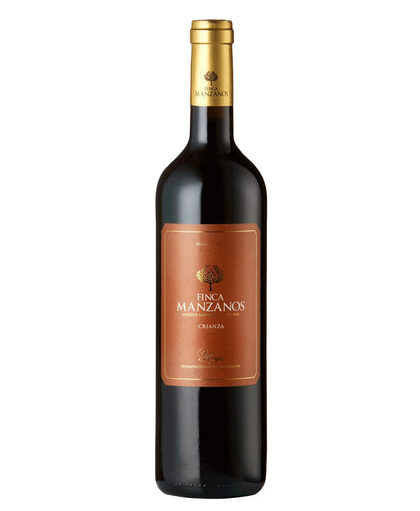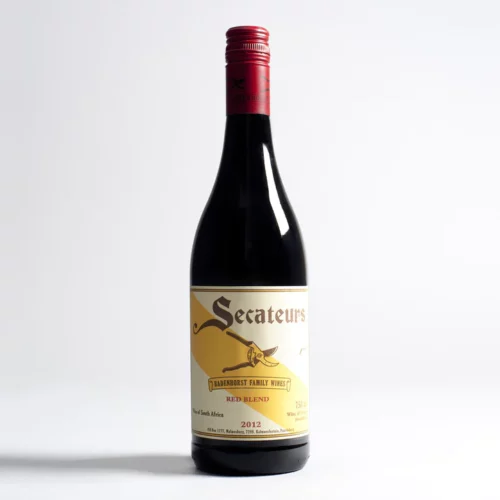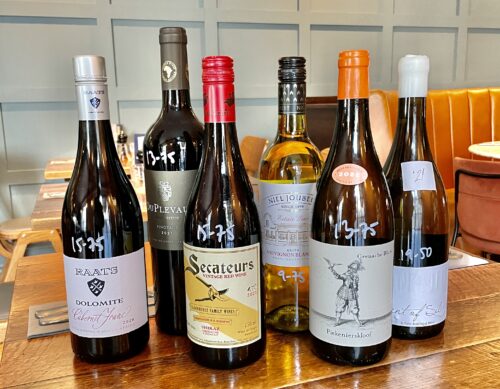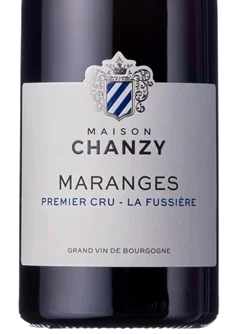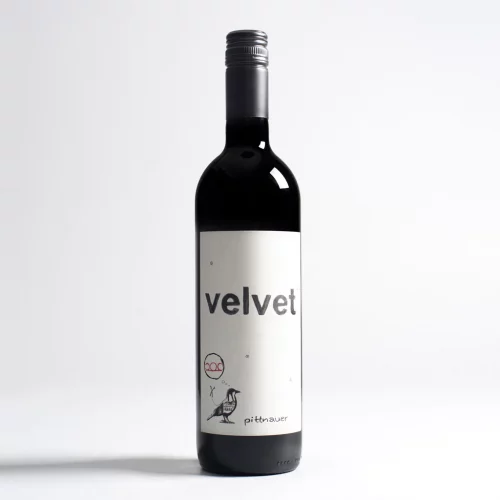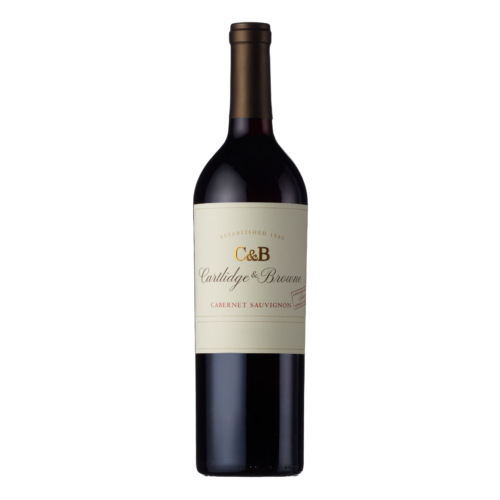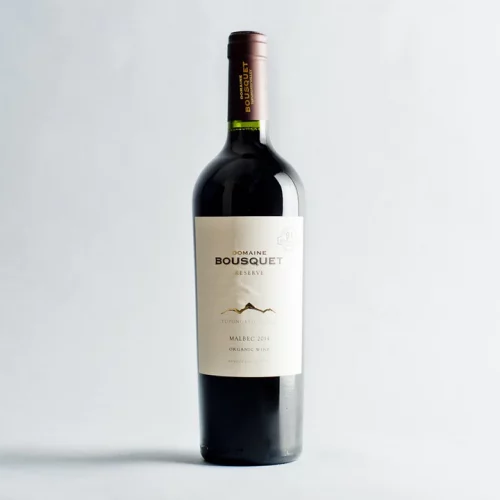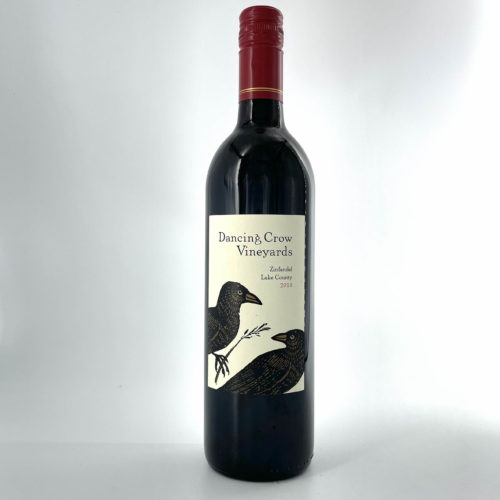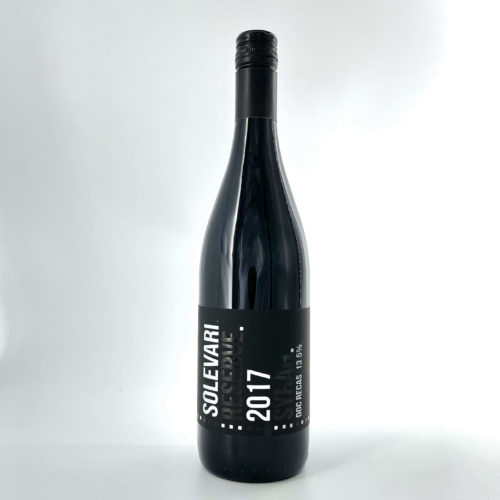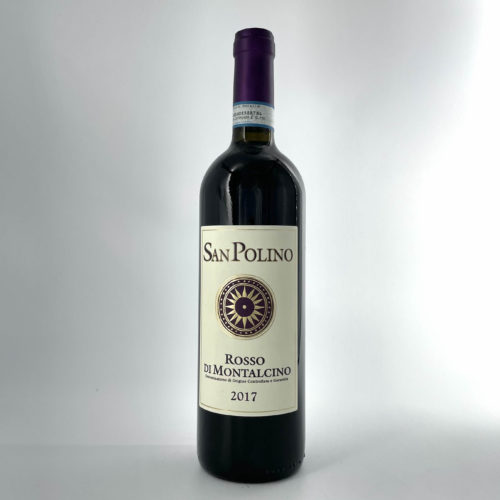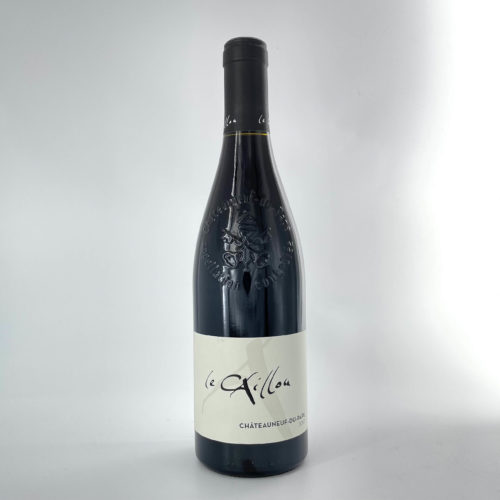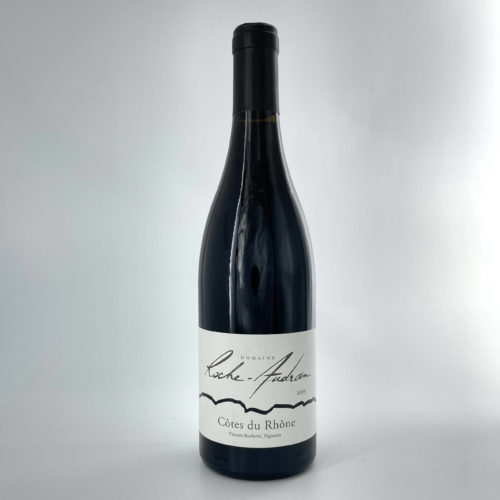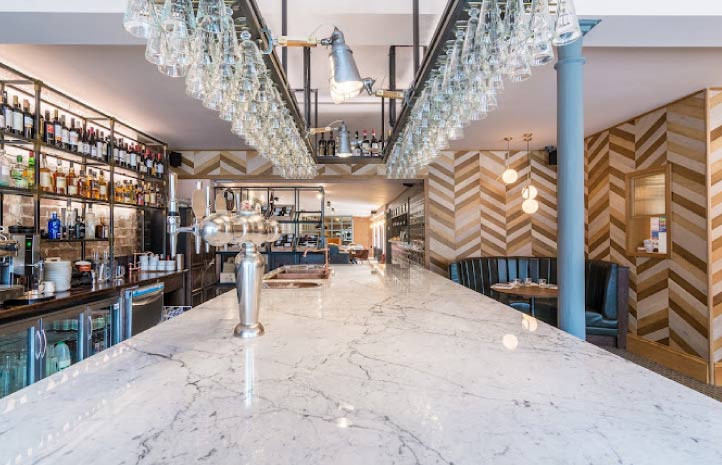Rioja, Bodegas Manzanos, Finca Manzanos Crianza, DOCa, Spain
On the border between Rioja and Navarra, Victor Manzanos carries on the work of the four generations before him.
With over 250ha of owned vineyards at his disposal, including some of the oldest vines in Rioja, Bodegas Manzanos is fortunately placed to put both the sub-region of Rioja Oriental and the name Manzanos firmly on the map as one of the most important areas and producers in Rioja. This range of wines is a modern take on the traditional landscape of Rioja, championing the native grape varieties, Tempranillo, Viura and Garnacha. The team is the youngest in the region, a talented a group of people with the sole purpose of making wines that people will enjoy.
Secateurs, Shiraz
One often hears wine merchants saying that winemakers like to let the wines speak for themselves. Well, Adi’s wines would be lucky to get a word in edgeways! He is a fast-talking, quick-witted, warm-hearted kind of guy who aims to produce wines with bags of personality. If you want to drink wines with soul that were made using gut feel rather than technical recipes, then this is definitely where you should be focusing your attention.
Today, Swartland is among the most exciting up-and-coming wine regions in the world – it’s extremely old bush vines attracting the attention of some of South Africa’s most pioneering winemakers. Adi took over this ancient winery in the Paardeberg district, utilising his 35 hectares of mature, dryfarmed bush vines to produce a range of grapes.
South African Mixed Case
A mixed case of 6 South African wines – 3 reds and 3 white
- Sauvignon Blanc ‘Enita’, Niel Joubert, Paarl
- Grenache Blanc, Piekenierskloof, Swartland
- Chenin Blanc ‘Moment of Silence’, Blankbottle, Wellington
- Pinotage, Du Plevaux, Stellenbosch
- Red Secateurs, Badenhorst, Swartland
- Cabernet Franc, Raats, Stellenbosch
Chanzy, Maranges, 1er Cru La Fussier, Cotes de Beaune, Burgundy, France
Maison Chanzy is a highly respected Burgundian producer, their wines are a classical demonstration of premium vineyard sites in Côte Chalonnaise, Côte de Beaune and Côte de Nuits.
Their range has been carefully engineered by winemaker Max Blondelle, whose primary task is to create wines that eloquently communicate their respective terroir, whilst remaining hands-off in his approach. As such, Chanzy are one of the few Burgundy producers to achieve Haute Valeur Environnementale level 3; the most highly regarded certification for agriculture in France.
Velvet, Pittnauer, Burgenland, Austria
Gerhard Pittnauer is undoubtedly one of the stars of the Austrian winemaking scene, producing a host of powerful reds which showcase the quality of Austria’s indigenous grape varieties. His base in the town of Gols is located in the Burgenland region, famed for the amount of sunlight it receives each year. As a result, Gerhard is able to fashion supple, modern wines that all display his signature, silky soft tannins.
Cabernet Sauvignon, Cartlidge & Browne, North Coast USA
In 1980, the same year Ronald Reagan came to power and JR was shot in ‘Dallas’, with no money to buy vineyards and seeing no reason to, Tony Cartlidge started his winery in an undistinguished Napa Valley garage.
Possibly the original Californian ‘garagiste’ he set out to source the best possible grapes to handcraft his wines in this unassuming home. Nearly 40 years later, still sourcing from vineyards as wide ranging as Sonoma to the Sierra foothills, continuing to produce high quality wines, Cartlidge & Browne has become a byword for varietally pure Californian wines, whilst sticking to their garagiste roots of taking a different path.
Malbec Reserve, Domaine Bousquet, Mendoza, Argentina
The Bousquet family hail from the city of Carcassonne, in the South of France and are 4th generation winemakers. In 1990, they began to explore the idea of leaving behind their vineyard in France to travel and explore opportunities further afield. On one particular trip to Argentina, they fell in love with Mendoza, intrigued by combination of soil variation, altitude and terroir on offer.
In 1997, they took the decision to permanently relocate, buying a parcel of land in the Gualtallary Valley in Tupungato, in the foothills of the Andes. The site is defined by its altitude, with the majority of the vines at around 1,200 metres!
The key objective of the Bousquet family was to unite their tradition of European wine with these unique conditions and produce wines that speak of their terroirs.
Zinfandel, Dancing Crow Vineyards, Lake County, California, USA
Example of ‘cool-climate’ California – British winemaker – excellent value for money
Owned by Londoner Tony Cartlidge and his wife Sarah, Dancing Crow is an exciting addition to our growing American portfolio. Tony has worked in the Napa Valley since the late 1970s and his latest project sees a return to a more focussed production than his previous projects, as he and his team fashion only a handful of key cuvées.
Syrah Solevari Reserve, Viile Timisului, Romania
The Cramele Recas Estate, owned by Englishman, Philip Cox and his Romanian wife Elvira, have put in a huge amount of work into transforming their slice of grape growing history into a contemporary winemaking haven.
The immaculate vineyards are a combination of evolved plantings from 1447 and much more recent plantings too. With recent investments into modernising and improving their winery, they regularly host world class flying winemakers, vintage to vintage, to work with their team. This enables them to create top quality wines and constantly challenge themselves push innovations and approach winemaking with an open mind.
Rosso di Montalcino, San Polino, Tuscany, Italy
There is a small ‘nirvana’ northwest of Montalcino, where Luigi Fabbro and Katia Nuassbaum founded San Polino nearly 30 years ago.
Using Luigi’s scientific experience of mapping the Amazon rainforest they decided to try their hands at “creating wines as complete reflections of the biodiversity of their terroir” Katia explains. This tiny estate of only 4 hectares now produces luscious and balanced wines farmed bio-dynamically by this energetic couple who, it is clear, pour all their heart and energies into these sublime wines. Praised by critics and peers they have been described as having “an incredible clarity and pureness of fruit that is unequalled in the region”.
Chateauneuf-du-Pape ‘Les Safres’ Caillou, S Rhone, France
The Clos du Caillou was founded in 1895 when Elie Dussaud settled there and created an old cellar. It started as a hunting retreat and it has a remarkable history which explains its exclusion from the Châteauneuf-du-Pape appellation upon its creation in the 1930’s. When government experts arrived at the Clos in 1936 to survey the land for its inclusion in the new appellation, they were met with armed resistance to prevent them entering the property as the secretive owners didn’t want their estate to be analysed. This is the reason for the seemingly inexplicable blank spot in the Châteauneuf-du-Pape appellation map. As a result, the Clos du Caillou is home to some of the most spectacular terroir classified as simply Côtes-du-Rhône. The estate was purchased in the mid-1950s by the Pouzin family who decided to plant vines on the land that had traditionally been designated for hunting. They also acquired a 9 hectare plot within the Châteauneuf-du-Pape appellation itself. In 1995, Sylvie Pouzin took on the estate from her father and began the process of converting the vineyard to biodynamic practices. They gained their official organic certification in 2010 and since then have gone on to grow their reputation for the production of outstandingly well-balanced wines with their signature, soft velvety tannins.
Cotes du Rhone, Domaine Roche-Audran, Southern Rhone, France
Vincent Rochette comes from a long line of grape growers rather than winemakers. In 1998, he bucked that trend by investing in a cellar and the necessary equipment to allow him to vinify his own grapes, which for five generations had been sold to other winemakers in the area. Vincent is an ardent believer in the benefits of biodynamics, fully converting his estate to follow that philosophy in 2006. He uses only natural products in the vineyard and carries out all his work in keeping with the cosmic cycles of the earth, not only among the vines but also in the cellar

